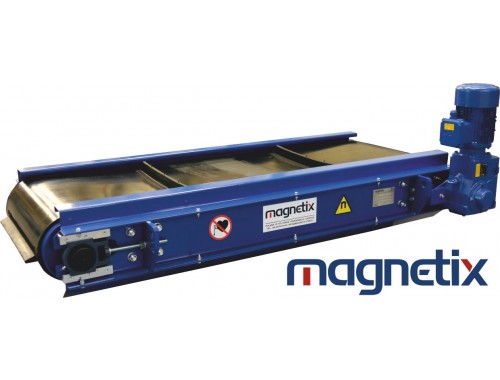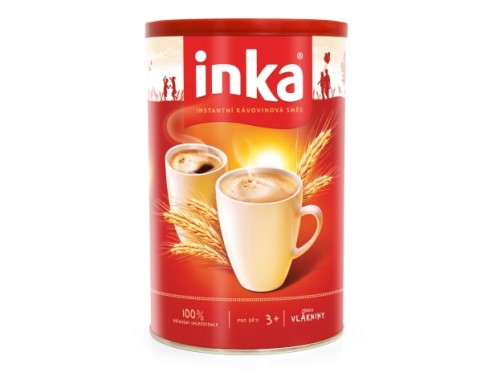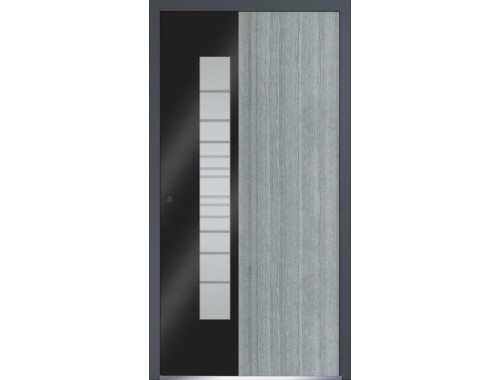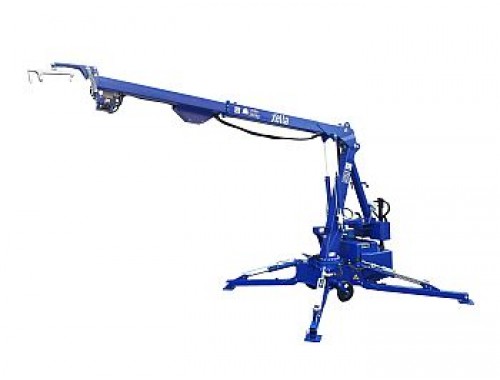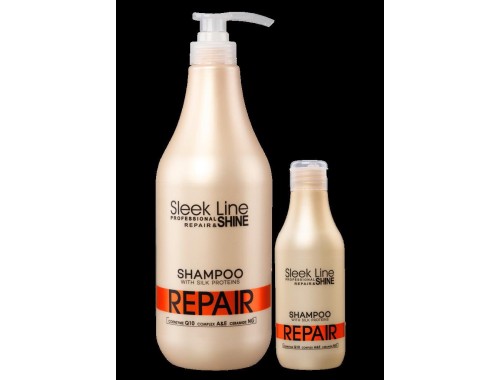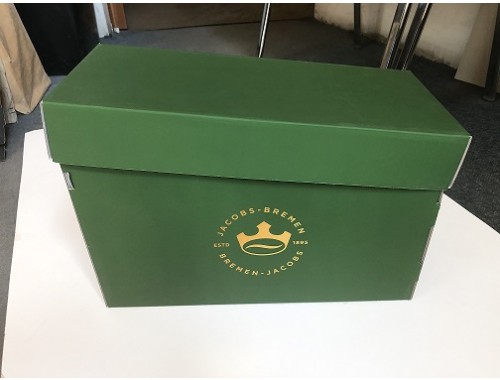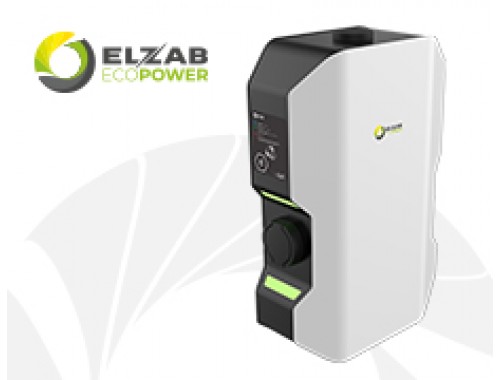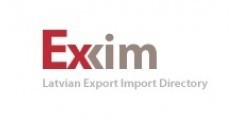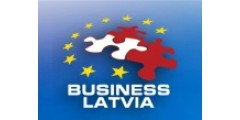Labeling of medical devices from Flexar
The importance of pharmaceutical labels
Bio-chemical industries are one of the highest risk sectors in the global economy. Bio-chem companies are often responsible for the health, life and safety of employees, patients and consumers. No wonder then that regulations on pharmaceutical products are uncompromising, extensive and precise. This applies to both the packaging of the goods and its proper labeling. It is difficult to imagine the functioning of medical institutions or pharmacies without proper labeling of the drugs and other preparations sold. A mistake in the dose or failure to pay attention to e.g. allergens can decide about the human fate, which in itself is a huge responsibility of designers of self-adhesive labels and modern flexographic printing houses. The latter often have to be certified for the production of stickers for drugs and other pharmaceuticals, as well as medical equipment (vials, test tubes, needles, hospital machinery).
Rigorous medical labeling regulations and guidelines are essential and are changing frequently as pharmaceuticals and technology evolve. However, the biggest challenge for this industry is the fight against piracy, in the era of opioid epidemics, drug trafficking and counterfeiting of original drugs. The purchase of a contaminated medicinal product may be more dangerous to the patient than a dose error on a printed self-adhesive label. That is why flexographic printing houses and packaging producers resort to the most modern technological solutions. According to industry reports for 2019, drug counterfeiting caused the pharma sector losses of € 16.5 billion in Europe and $ 75 billion worldwide. Another problem is improper prescribing and taking medications by consumers, which increases the cost of medical visits and repeatedly changing orders by pharmaceutical wholesalers.
Medical labels - the latest technologies
Stickers for pharmaceuticals can be divided into: product labels, warning labels, advisory labels, logistic labels and labels for drug blisters. The most important factor influencing the durability of a medical self-adhesive label is environmental conditions, specifically temperature and humidity. Pharmaceutical and surgical products are often sterilized and exposed to radiation or chemicals. An additional variable to which self-adhesive label printers must adapt are the low temperatures in which samples taken from patients and specific drugs are most often stored.
The industry of self-adhesive labels for medicine determines that the greatest hopes for improving the production of stickers for medicines will be the so-called future-proof labeling. It would assume technologies for the identification of the surface temperature level, fingerprint authentication, NFC or reading the label using the text-to-voice method. High hopes are placed on the integration of pharmaceutical labeling with RFID (radio-frequency identification) systems. This is invaluable for self-adhesive logistics labels in the supply chain. Medical companies are also investing in systems for collecting information about manufactured labels for medical products in the cloud, or in SaaS technologies.
- Export
- Construction
- Regional development, investment in Poland
Export
Labeling of medical devices from Flexar

Source: https://flexar.pl

See also:

Invisible hinges in wooden windows
The introduction of invisible hinges for wooden windows is a significant step forward...

Wooden windows from the Polish manufacturer Vidawo
We produce wooden windows in thicknesses of 68, 78, and 90mm.

What food products does Poland export to foreign markets?
Here are the main and most important categories of food products that Poland exports...

Modern wooden windows from the Polish window manufacturer Muszyńscy
We offer traditional wooden windows, ideal for new and modernized buildings. Single-frame wooden windows are most...
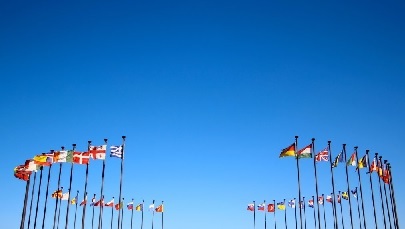
Establish cooperation with the Polish footwear manufacturer Conhpol
We manufacture shoes in Poland but we cooperate with companies from many different countries...
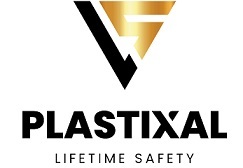
Plastixal - we focus on the continuous development of international cooperation and export
As a manufacturer of PVC windows and aluminum joinery, we strive to make our brand recognizable in Poland and abroad...
Help needed ?
If you have not found the desired product, company, service or the searching results are not satisfactory for you, do not hesitate to contact us and tell what you are looking for or what you need. We will send your inquiry directly to the interested companies.
Write to us
Top export product
Featured companies the export industry
Stanisław Dolny 400A
34-130 Kalwaria Zebrzydowska
34-130 Kalwaria Zebrzydowska
Phone+48 (33) 876 76 66
Fax.+48 (33) 876 70 17
Fax.+48 (33) 876 70 17
ul. Jaskółek 16
43-215 Studzienice
43-215 Studzienice
Phone+48 (32) 449 00 00
ul. Mrówcza 94B
04-762 Warszawa
04-762 Warszawa
Phone+48 (22) 615 21 61
Fax.+48 (22) 615 66 62
Fax.+48 (22) 615 66 62
ul. Lubska 17
68-320 Jasień
68-320 Jasień
Phone+48 (68) 371 10 45
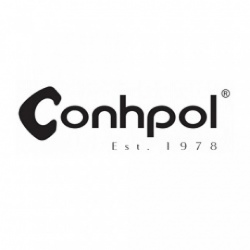
.jpg)















